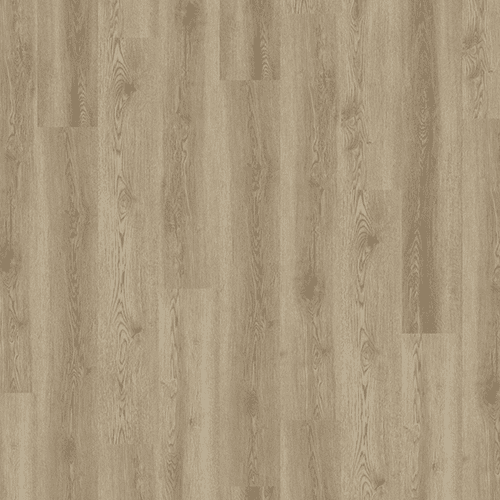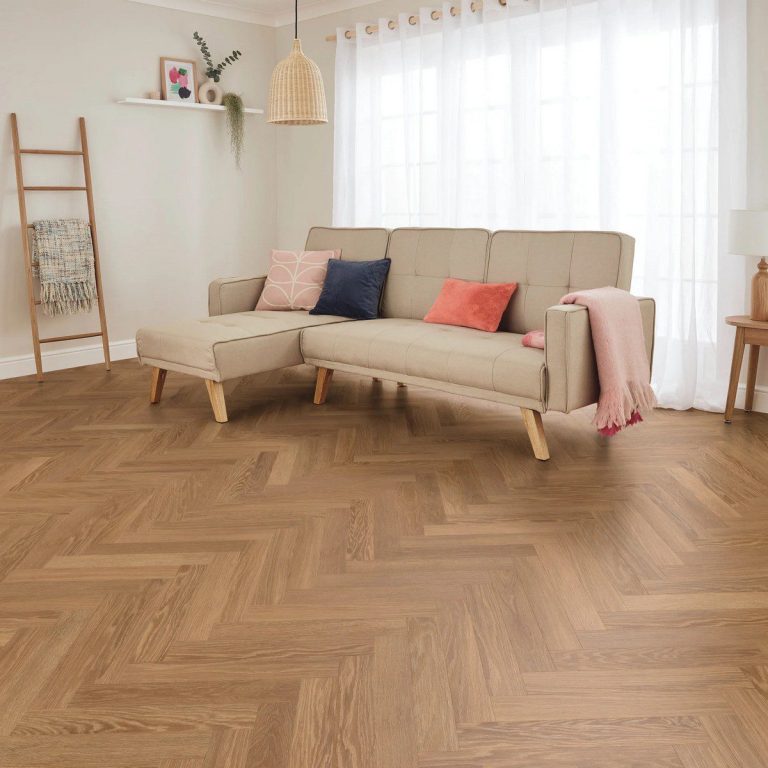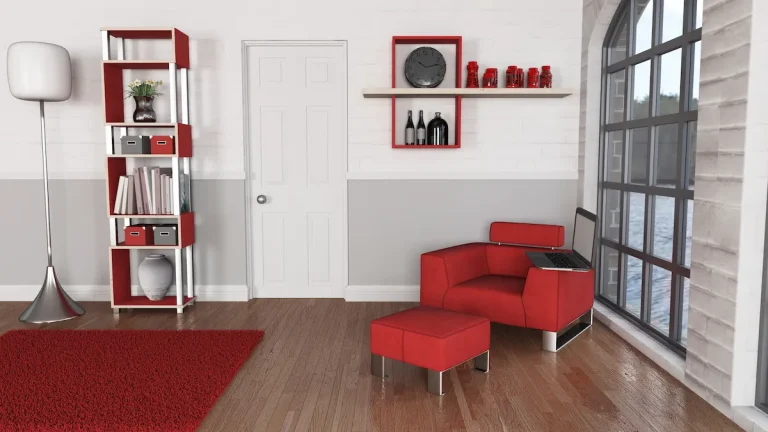Mixing and matching flooring types is an excellent way to create visual interest and functionality throughout your home. While the idea may seem overwhelming, with the right approach, you can blend styles beautifully while maintaining a cohesive look. This guide explores how to mix and match different types of flooring and offers practical tips to make your flooring transitions seamless and stylish.
Why Mixing Flooring Types Matters
A thoughtfully coordinated mix of flooring enhances the overall flow of a home. From dividing spaces visually to accommodating practical needs like durability or moisture-resistance, selecting various materials makes sense both aesthetically and functionally.
Consider Functionality and Flow
Choosing different flooring for each space requires a balance of purpose and appearance.
1. Match Flooring With Room Function
When thinking about how to use different flooring in different rooms, consider the purpose of each space. Moisture-prone areas like bathrooms and kitchens benefit from water-resistant vinyl or tile, while warmer materials such as carpet or engineered wood work well in bedrooms and lounges.
2. Create Cohesion Through Colour and Tone
Even if the materials differ, sticking to a consistent colour palette can create visual unity. For example, pairing light oak flooring in the living room with pale ceramic tiles in the kitchen maintains harmony while offering practical advantages.
Transition Techniques Between Flooring Types
Effective transitions are key when answering the question: how do you separate rooms with different flooring?
1. Use Transition Strips and Thresholds
Metal or wooden transition strips are commonly used to join flooring types at doorways. They create a tidy, intentional boundary between spaces with different materials.
2. Blend with Bordering or Inlay
Create a design feature by using a border of tile around wood flooring in open-plan areas. This not only separates zones subtly but adds a bespoke visual appeal.
Mix Textures with Purpose
Combining different textures adds depth and personality to your space.
1. Pair Soft and Hard Flooring
Try carpet in bedrooms and hardwood in adjacent hallways for contrast in comfort and function. This is an ideal approach for homeowners wondering, Can I have different flooring in each room? The answer is yes—when it’s planned with intent.
2. Combine Natural and Man-Made Materials
Pair laminate or vinyl that mimics natural wood with real stone tiles to blend affordability and durability with rustic charm. This combination works particularly well in kitchens and dining areas.
Think About the Home’s Layout
Your home’s architecture and layout should guide your flooring decisions.
1. Open-Plan Spaces Require Thoughtful Zoning
In open-plan homes, using multiple flooring types helps define different areas such as dining, lounging, or cooking spaces. However, maintain some consistency—such as using matching tones or grain direction—to avoid a chaotic look.
2. Consider Sight Lines and Flow
Stand at key points in your home and assess how the flooring transitions will appear from different angles. A mismatched or jarring transition can disrupt the visual harmony, while a smooth flow will enhance the feeling of spaciousness.
Use Rugs for Layering and Unity
Rugs are an easy, non-permanent way to bring flooring styles together.
1. Add Area Rugs to Soften Hard Transitions
If you’re concerned about how to separate rooms with different flooring, rugs can offer a soft transition—especially between wooden floors and tile or laminate.
2. Use Rugs to Reinforce Your Colour Palette
Echo the tones from one type of flooring into another space with a rug that ties it all together. This trick helps maintain a cohesive visual style across different rooms.
Be Mindful of Maintenance Differences
Each flooring type comes with its own care needs.
1. Plan for Cleaning Consistency
Hardwood requires different cleaning products than vinyl or tile. When mixing flooring types, ensure your household cleaning routine can accommodate all materials efficiently.
2. Choose Low-Maintenance Where Needed
In high-traffic areas or homes with children or pets, opt for durable, easy-clean materials. Mix them with more delicate flooring in low-use rooms to maintain balance.
Conclusion: Let Your Floors Reflect Your Lifestyle
Learning how to mix and match different types of flooring offers the freedom to design a home that reflects both style and practicality. Whether you’re exploring how to use different flooring in different rooms, asking yourself can I have different flooring in each room?, or wondering how do you separate rooms with different flooring?—the key is to plan your layout carefully and focus on flow, function, and aesthetics.
Ready to transform your space with stylish flooring combinations? Explore the premium range of flooring products at TEKA Flooring Peterborough—from wood to vinyl, laminate to tile—plus expert fitting services to bring your vision to life. Discover flooring that fits your lifestyle, only at TEKA Flooring.
Read also:

































